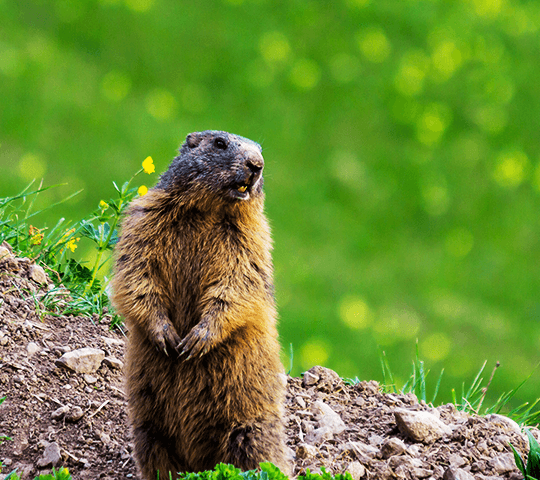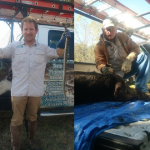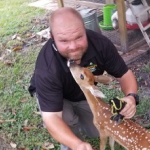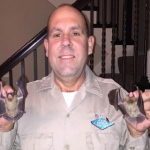Groundhogs (or woodchucks or whistlers) dig up yards and eat crops. They dig their burrows next to your home or under your deck and ravage your garden. Unless they’re predicting the end of the winter, it’s understandable why homeowners would want to get rid of them.
Groundhogs, also known as woodchucks, are intriguing mammals with a talent for burrowing and a special place in North American folklore. They’re not just about predicting spring's arrival; sometimes, they can become uninvited guests in our homes and businesses.
Appearance
General Characteristics Groundhogs are sturdy, well-built animals with short, powerful limbs suited for digging. They have rounded bodies, small ears, and large incisors that are ever-growing, which they use to gnaw and excavate earth.
Coloration/Patterns/Distinctive Markings These creatures typically have a coarse fur that ranges from yellowish-brown to dark brown, often with lighter fur on their undersides. Unlike some other mammals, groundhogs don't have distinctive patterns or markings, which can make them easily mistaken for other burrowing animals.
Size/Features Adult groundhogs weigh between 4 to 9 pounds and can measure from 16 to 26 inches long. Their short, bushy tails add an extra 4 to 7 inches to their length.
Biology
Digestion and Diet Groundhogs are herbivores that feed mainly on wild grasses, plants, and fruits. In preparation for hibernation, they might consume larger quantities of food to accumulate fat reserves.
Reproduction Groundhogs mate in early spring soon after waking from hibernation. Females give birth to a litter of 2-6 young, known as kits or pups, after a gestation period of around 32 days.
Hibernation Unlike many mammals, groundhogs are true hibernators. They'll retreat into their burrows in the late fall and go into a deep sleep until spring, relying on stored body fat to sustain them.
Habitat
Preferred Environments These mammals prefer open country and the edges of woodland, and they're frequently seen in meadows and fields. Their burrows, which they dig themselves, can be quite intricate with multiple chambers and exits.
Urban Encounters As humans expand into their territories, encounters in suburban gardens, under sheds, or near houses are becoming increasingly common. They might also create burrows near foundations, leading to potential damage.
Temperature Regulation Burrows not only serve as homes but also aid in temperature regulation. Groundhogs will retreat to the cooler depths of their burrows during hot summer days.
Behavior
Defensive Mechanisms When threatened, groundhogs will usually retreat to their burrows. However, they can become aggressive and use their sharp incisors if cornered.
Foraging Techniques Groundhogs are diurnal, meaning they're active during the day, especially in the early morning and late afternoon, when they emerge to forage.
Hibernation Patterns As mentioned, groundhogs hibernate during winter. They will seal off their burrow and go into a deep sleep, waking up as the weather begins to warm in spring.
Damage/Problems
Burrowing Issues Their burrowing habits can undermine foundations, create unwanted holes in lawns, and even damage electrical lines or pipes if they're in the path of the digging.
Garden Troubles A groundhog's vegetarian diet can wreak havoc on gardens, as they munch on vegetables, flowers, and other cultivated plants.
Trapping & Removal
Safe Handling While they might look cute, groundhogs can bite if threatened. It's essential to approach with caution or hire professionals like AAAC Wildlife Removal for safe handling.
Relocation Once trapped, the best practice is to relocate them to a suitable environment away from human habitation, ensuring minimal disruption to their lives and ours.
Deterrence/Exclusion
Property Maintenance Regularly inspecting the property for new burrows, and maintaining gardens can deter groundhogs from setting up residence.
Physical Barriers Fencing, especially buried a foot or so into the ground, can prevent groundhogs from entering gardens or specific areas.
Educational Outreach Informing communities about groundhogs and their behavior can lead to coexistence, understanding, and fewer conflicts.
Don't let groundhogs give you the run-around in your own yard! If you're facing a groundhog issue, let AAAC Wildlife Removal be your trusted partner in humane and effective removal solutions. We understand these creatures and can handle them safely and professionally, ensuring peace of mind for you and respect for the animal.



















































